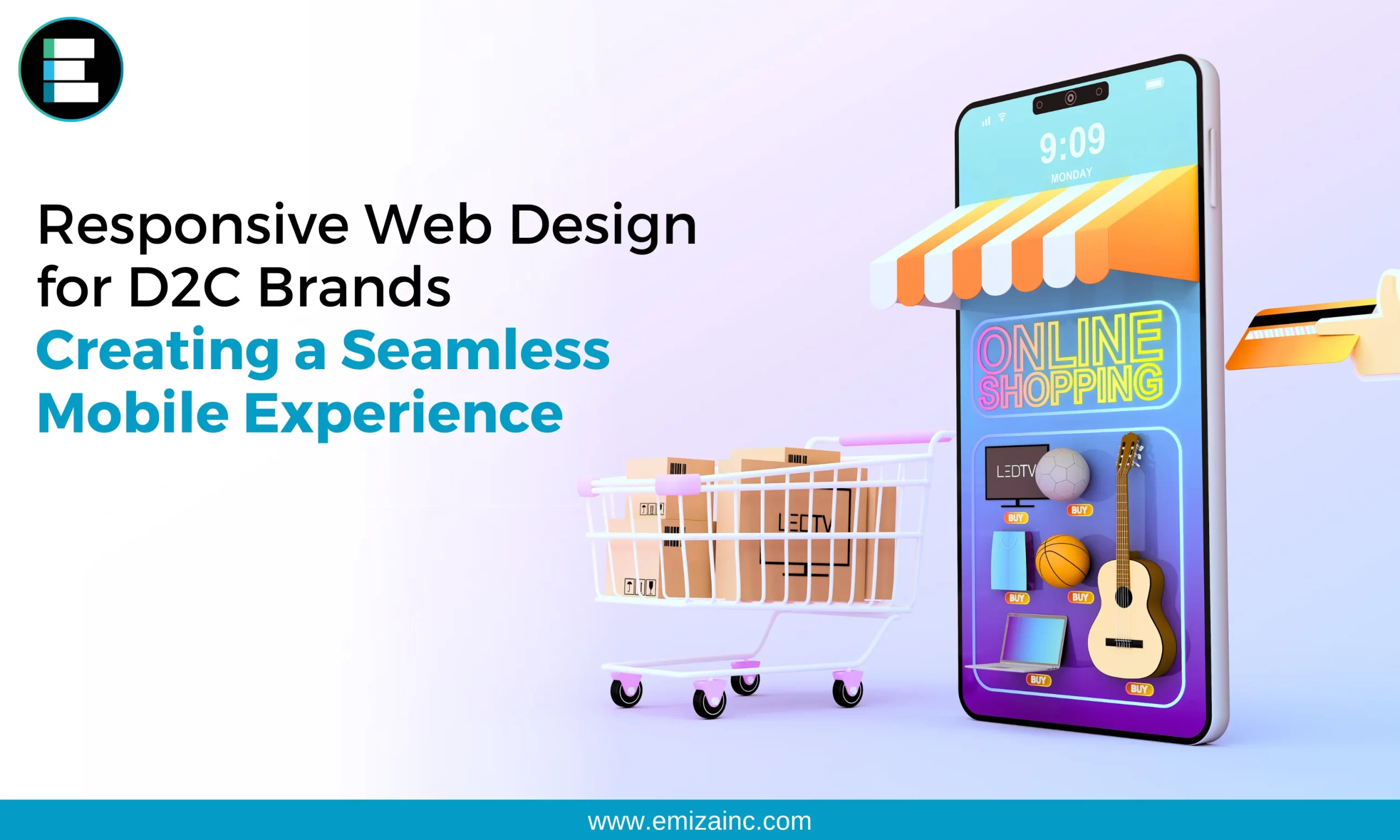Responsive web design stands as a cornerstone of modern digital architecture, a vital concept in an era where individuals access websites through an array of devices, each with distinct screen sizes and layouts. Whether browsing on a desktop computer, a tablet, or a smartphone, responsive design ensures that websites adjust dynamically to provide consistent and comparable experiences, regardless of the device in hand.
Understanding the Importance of Responsive Web Design
In an age where mobile devices have achieved unprecedented ubiquity, user expectations have evolved accordingly. Seamless functionality across all screen sizes has become a prerequisite for websites. This demand stems from the convenience of accessing content on the go, prompting the necessity for responsive web design. By tailoring layouts, images, and content to suit diverse devices, responsive design becomes a pivotal instrument for delivering superior user experiences.
One of the most remarkable advantages of responsive design is its ability to eliminate the need for separate mobile versions or dedicated applications. This not only streamlines the development process but also saves valuable time and resources, all while ensuring a cohesive brand experience across all platforms. The importance of this unified experience cannot be overstated, as it contributes to user satisfaction, trust in the brand, and ultimately, conversion rates.
Fluid Grids and Flexible Layouts
At the heart of responsive web design lies the ingenious utilization of fluid grids and flexible layouts. Designers bypass rigid, pixel-based measurements in favor of relative metrics like percentages and ems. This approach guarantees that website elements adjust harmoniously to accommodate various screen dimensions. The result is a seamless flow of content that retains its readability and visual integrity across diverse devices.
The brilliance of fluid grids and flexible layouts lies in their ability to ensure that the website feels tailor-made for each user, regardless of their device. Whether on a smartphone’s compact screen or a widescreen desktop monitor, the content gracefully adapts, creating an engaging experience that resonates with users and encourages extended interaction.
Media Queries for Device Adaptation
The versatility of responsive web design is exemplified through the strategic implementation of media queries. These CSS techniques enable designers to apply distinct styles based on the attributes of the device in use. Factors such as screen size, resolution, and orientation are considered when crafting these styles. This adaptability empowers designers to optimize layouts, typography, and images, ensuring optimal performance and visual appeal across an extensive spectrum of devices.
The adoption of media queries transforms the user experience into a consistent and immersive journey, bolstering brand credibility and fostering user loyalty. This adaptability is particularly vital in a landscape where users access websites from a multitude of devices, each with its own unique capabilities and limitations.
Prioritizing a Mobile-First Approach
In a world increasingly characterized by mobile browsing, embracing a mobile-first strategy has evolved from being an option to a strategic necessity. This approach entails designing the mobile version of a website as the initial step. Designers focus on the core features and content, ensuring that the fundamental essence of the brand is effectively conveyed even on smaller screens.
As the screen size expands, additional content and functionalities are progressively integrated. This hierarchical approach ensures swift loading times, a pivotal factor in retaining user engagement. By prioritizing the most vital components, mobile-first design leads to enhanced loading speeds and an overall superior user experience on mobile devices.
Optimizing Images and Assets
The performance of a responsive website hinges significantly on the optimization of images and media assets. Designers employ an array of techniques to guarantee rapid loading times and impeccable visual quality. One such technique is responsive images, which adapt dynamically to varying screen sizes, delivering the appropriate resolution for each device.
Additionally, the practice of lazy loading plays a pivotal role in enhancing performance. By delaying the loading of off-screen graphics until the user scrolls to them, lazy loading expedites initial page loads, contributing to a seamless and engaging user experience.
Conclusion
Responsive web design is an irreplaceable tool for providing captivating experiences across devices. By leveraging fluid grids, media queries, a mobile-first strategy, image and asset optimization, rigorous user testing, and the adoption of a mobile-first approach, designers ensure that websites effortlessly adapt to diverse screen sizes and orientations.
In an environment where digital diversity is rapidly increasing, responsive web design has transformed from a luxury to a necessity. Brands that embrace this approach position themselves to deliver exceptional user experiences, cultivate brand loyalty, and establish a competitive edge in the dynamic realm of e-commerce. Through responsive web design, D2C brands embark on a journey to captivate users across various devices, ensuring a seamless and memorable mobile experience that resonates deeply with their audience.



